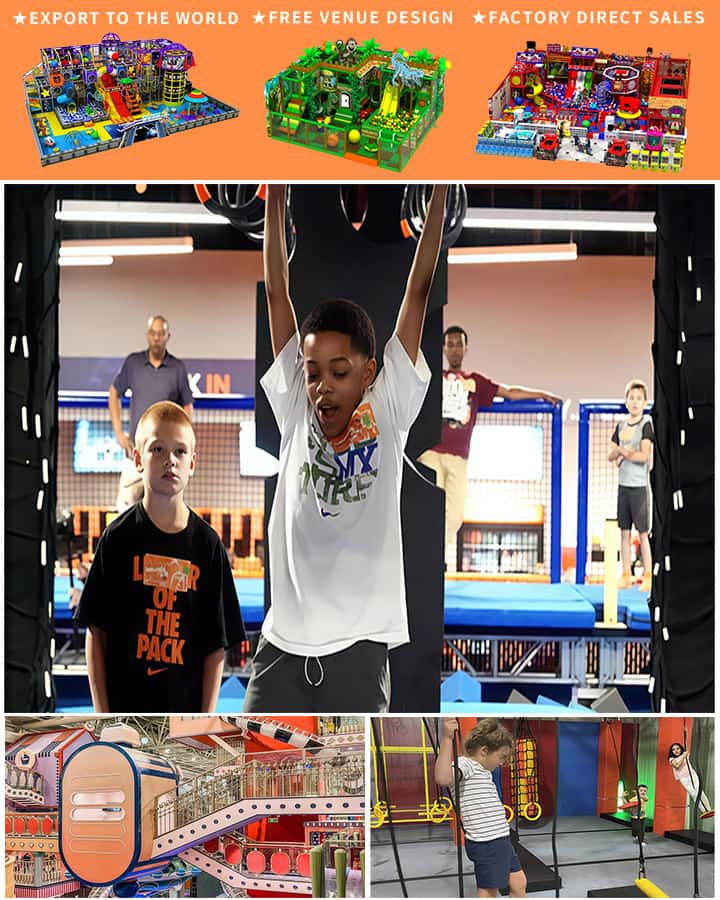In the realm of school infrastructure, playground equipment stands as a crucial component, fostering physical activity, social interaction, and emotional well-being among students. However, as schools grapple with limited budgets and increasing operational costs, the decision to invest in quality playground equipment often requires meticulous evaluation and planning. This article delves into the various aspects influencing the cost of playground equipment for schools and highlights strategies for making informed and financially sound choices.
The Factors Influencing Playground Equipment Cost
Material Quality and Durability: The longevity and safety of playground equipment are directly tied to the materials used. Higher upfront costs for premium materials such as stainless steel or high-density polyethylene (HDPE) may offer better value over time due to their resistance to weather elements, reduced maintenance needs, and longer lifespan.
Design Complexity: Intricate designs or custom-built structures tailored to specific educational needs can significantly escalate costs. While aesthetically pleasing and functionally superior, these designs might strain budget limits. Simpler, modular equipment tends to be more affordable without compromising safety and utility.

Safety Standards Compliance: Ensuring that playground equipment meets stringent safety standards set by organizations like ASTM International and the Consumer Product Safety Commission (CPSC) is paramount. These standards dictate design specifications, material strength, and installation requirements, which can add to the overall cost but are essential for liability protection.
Installation and Site Preparation: Professional installation ensures equipment is securely anchored and properly aligned, minimizing future repair costs. Site preparation, including ground leveling, drainage improvements, and surfacing installation, also contributes to the total expenditure.
Maintenance and Replacement Cycle: Low-maintenance equipment reduces ongoing expenses. Opting for items backed by warranties or those designed for easy part replacements can minimize unexpected repair bills. Considering the lifecycle cost rather than just the initial investment helps in making economically viable decisions.
Strategies for Cost-Effective Investment
Needs Assessment: Conduct a thorough assessment of the school’s demographics, existing facilities, and specific needs before investing in new playground equipment. Prioritize purchases based on age groups served, space availability, and intended use.
Funding Opportunities: Explore grants, donations, and partnerships with local businesses or community organizations that may support playground upgrades. Many government programs and non-profits encourage outdoor play initiatives for schools.
Phased Implementation: If budget constraints are significant, consider implementing playground improvements in phases. Prioritize critical upgrades first, such as replacing outdated or unsafe equipment, before expanding with additional features.
Multipurpose Equipment: Choose equipment that caters to multiple age groups or offers diverse play experiences to maximize usage and justification of cost per unit.
Eco-Friendly Options: Sustainable playground equipment made from recycled materials or those that promote environmental education can sometimes be more expensive initially but may qualify for tax incentives or grants, offsetting the higher costs.
In conclusion, while the cost of playground equipment for schools is influenced by numerous factors, careful planning, prioritization, and strategic sourcing can help manage expenses without compromising on safety or play value. By viewing playground investments through a long-term lens, considering both direct and indirect benefits, schools can create enriching outdoor environments that enhance student learning and well-being within a sustainable financial framework.




